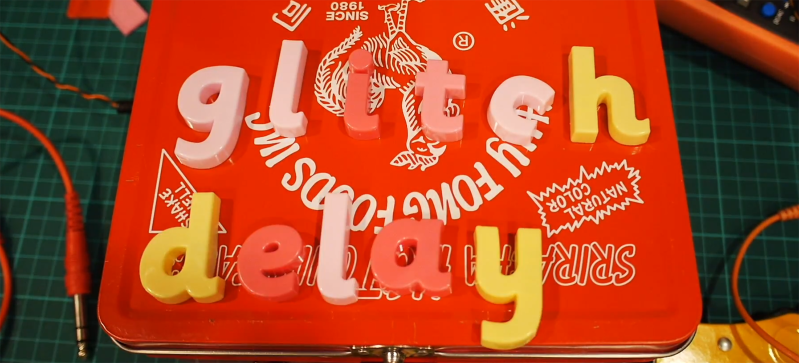With the release of the Teensy 3.6 and the associated audio processing libraries, it’s never been a better time to get into DIY synth and effects projects. [Scott] is a musician and maker of electronic musical instruments, so he decided to leverage the power of the Teensy and make a delay module that really can’t be done any other way.
The function of this delay module is somewhat similar to a multi-head tape-based delay, only it’s completely impossible outside of the digital domain. There are four ‘read heads’ on a circular buffer. The first three heads play small loops within the buffer at different speeds, one at the original speed, one at half speed (and an octave below) and one at double speed (and an octave above). The fourth head doesn’t loop, instead, it plays the delay buffer in reverse. There are, of course, handy knobs for setting the level of each ‘read head’.
This project is built around [Scott]’s port of the JUCE framework, a very powerful audio API that’s now well suited for laptop and embedded development. The files for this project are all available on the GitHub, and [Scott] plans to build an expansion module for CV control of all the parameters.
So, how does this glitch delay sound? Pretty good. The video below is just a tele into a looper pedal, and into the glitch delay. There are surely some ambient post-rock stars wetting their skinny jeans over this one, and it’s a great application of the Teensy’s audio processing power, to boot.
















It’s certainly a lot easier digitally, but it sure seems like you could do this physically.
Need to use a disk or drum of magnetic media, rather than a tape, with four write heads on one side (all fed the same signal, and for simplicity, make them stationary, and have the disk/drum rotate) and four read heads on the other side. The read heads each revolve at their own speed and direction, and of course use a slip-ring to feed the signals out.
The read head and write heads would collide if not played at the same speed, and the channel being played in reverse, spectacularly so.
I had not heard about JUCE. Sweet :)
Really interesting project, but Juce is just for the porting or is used as framework inside the teensy project?